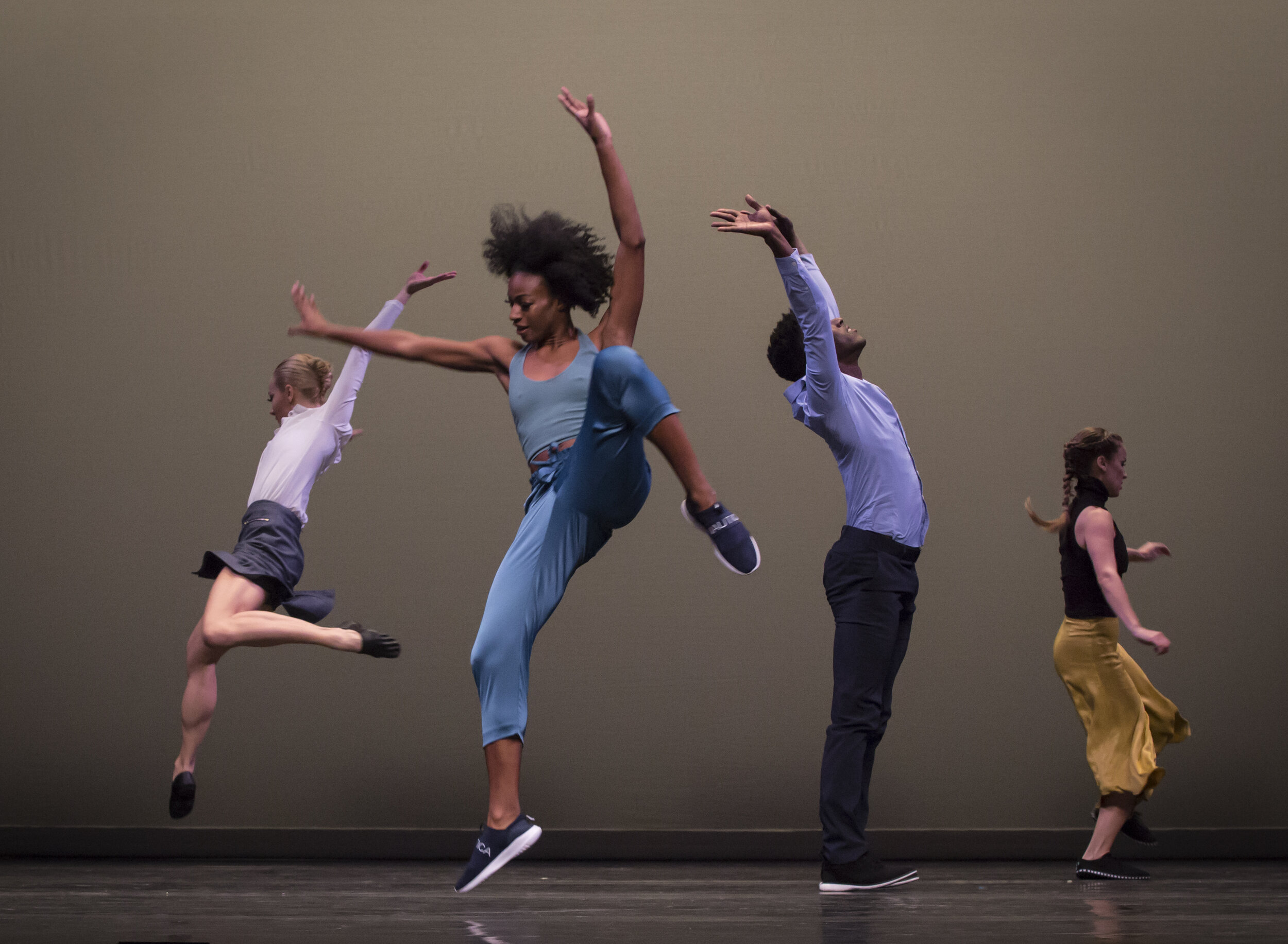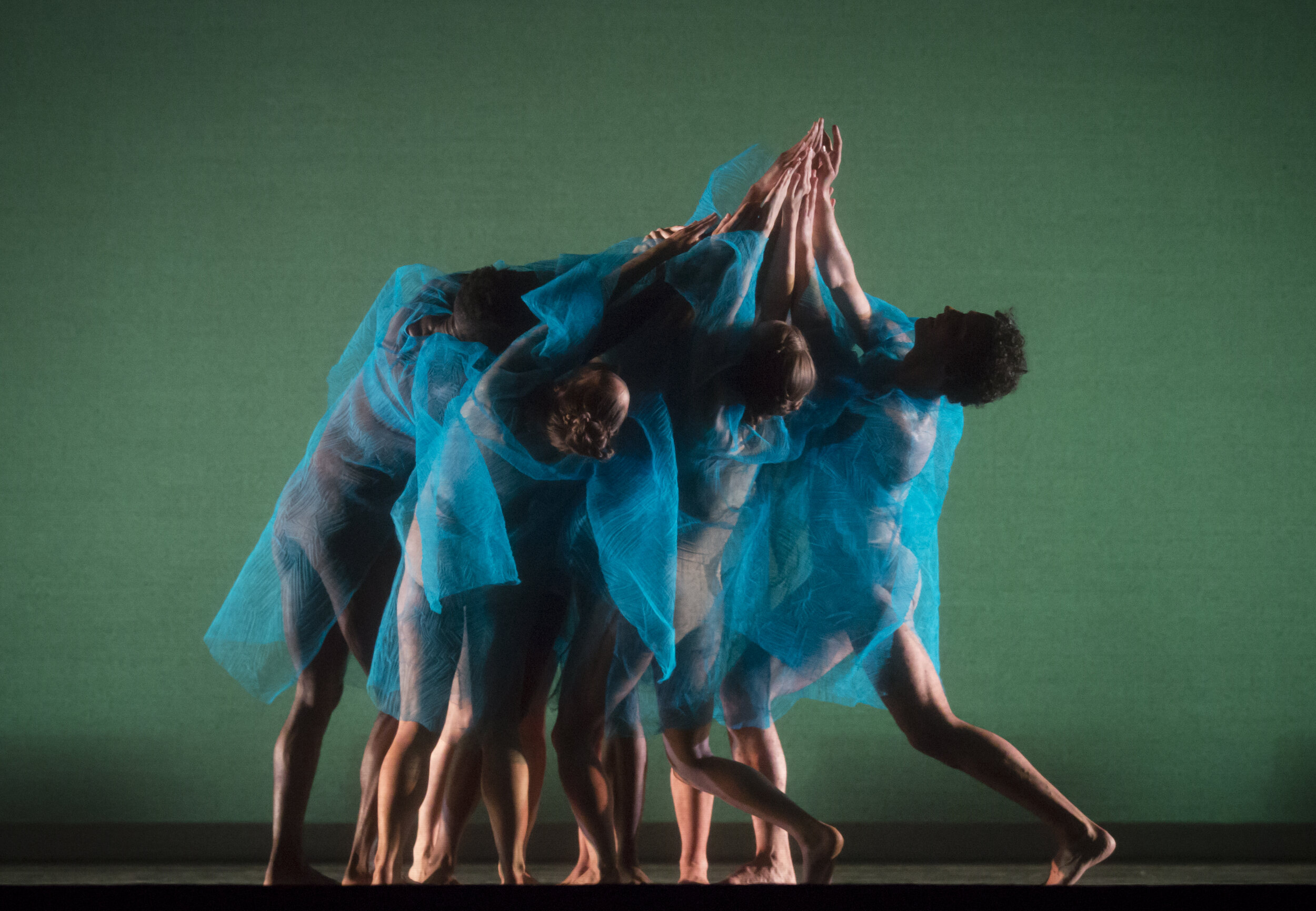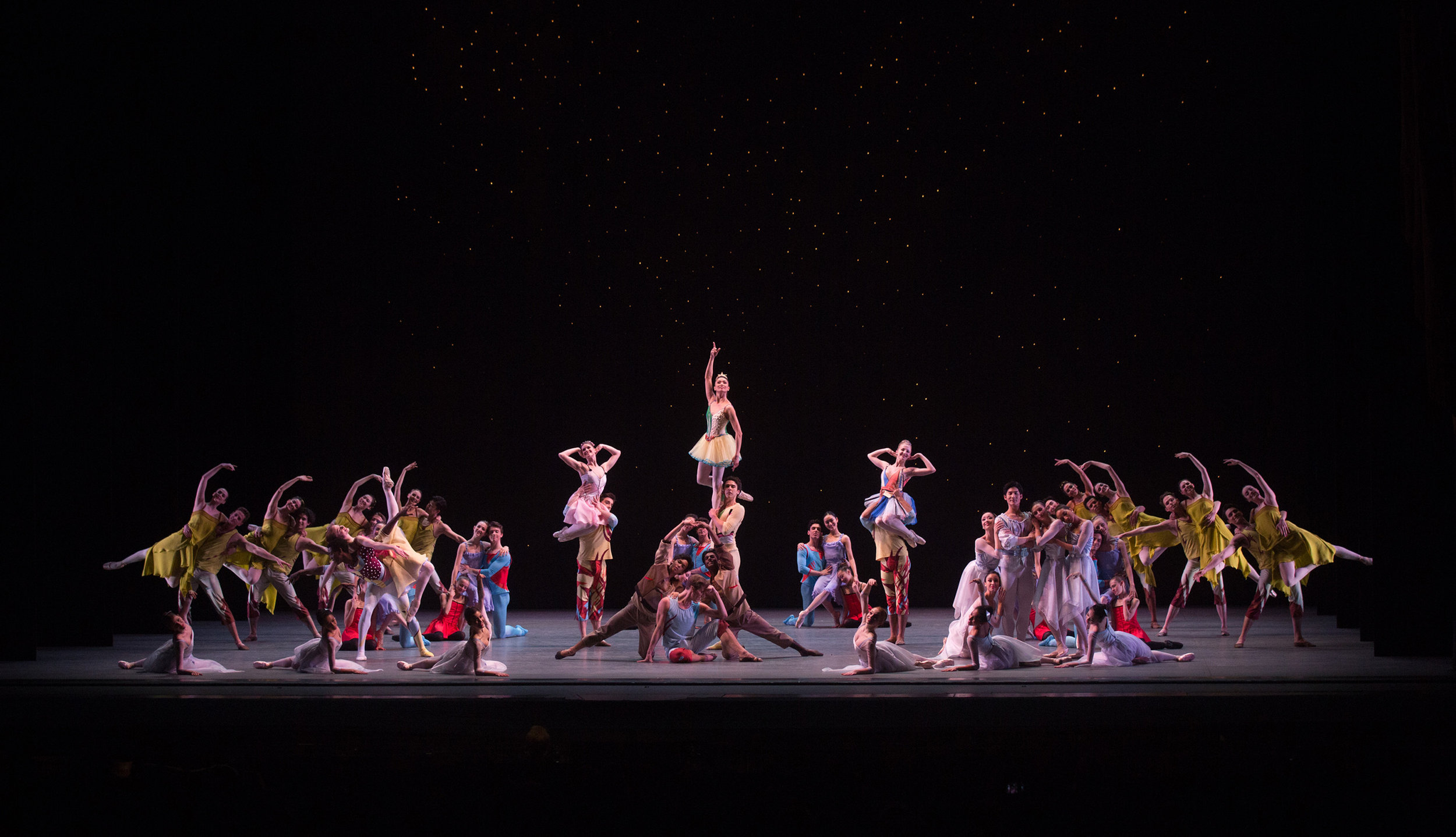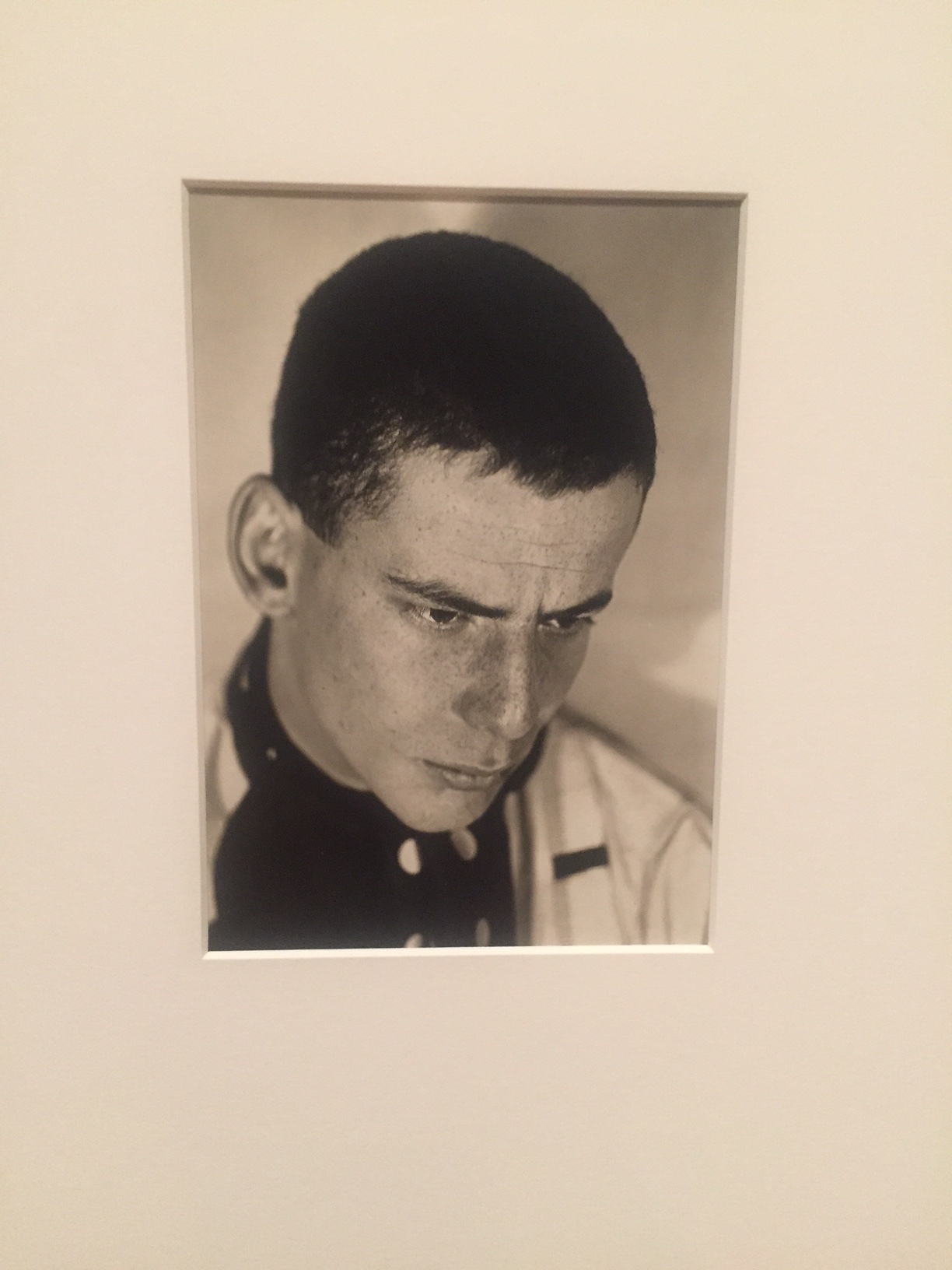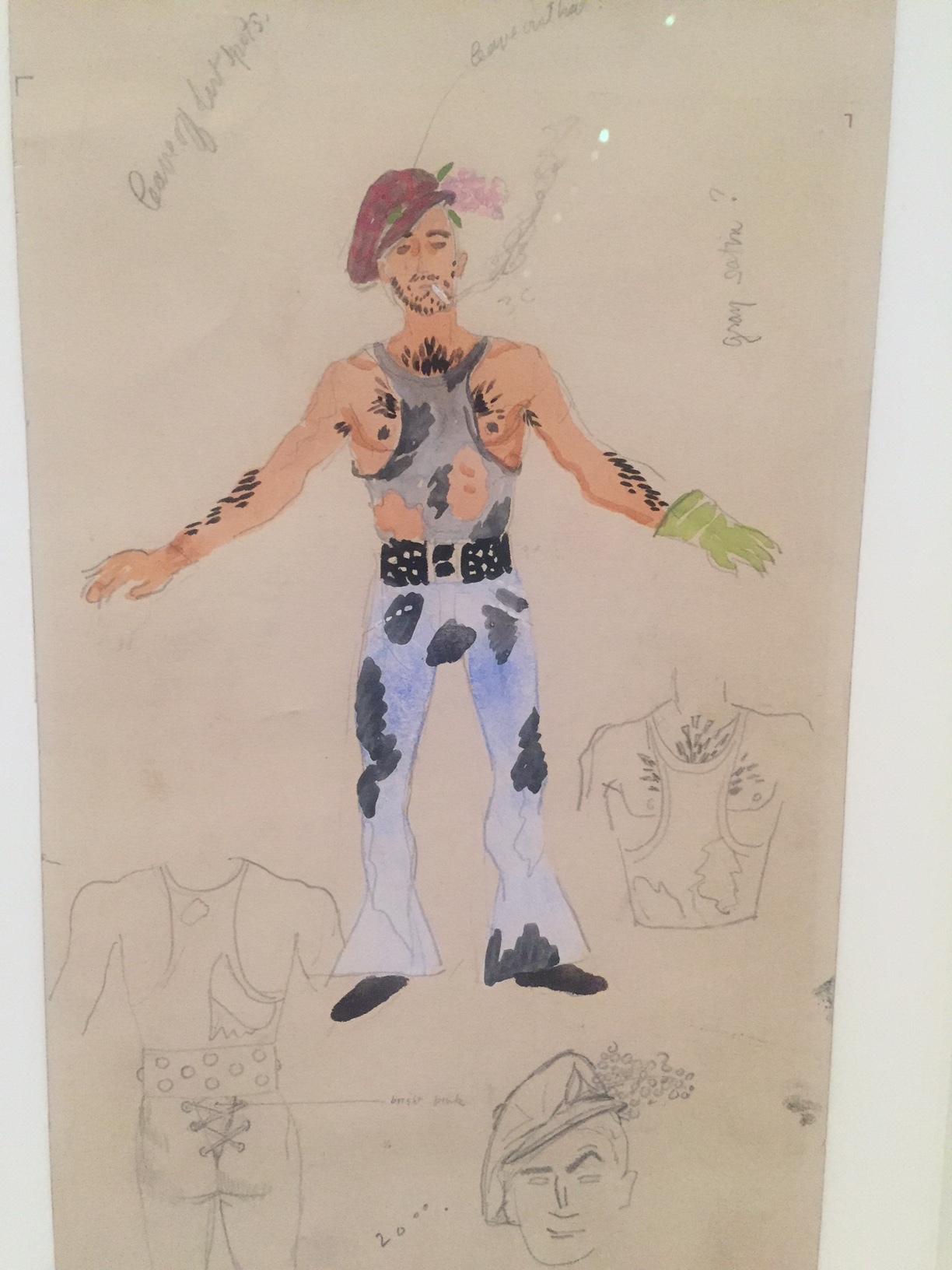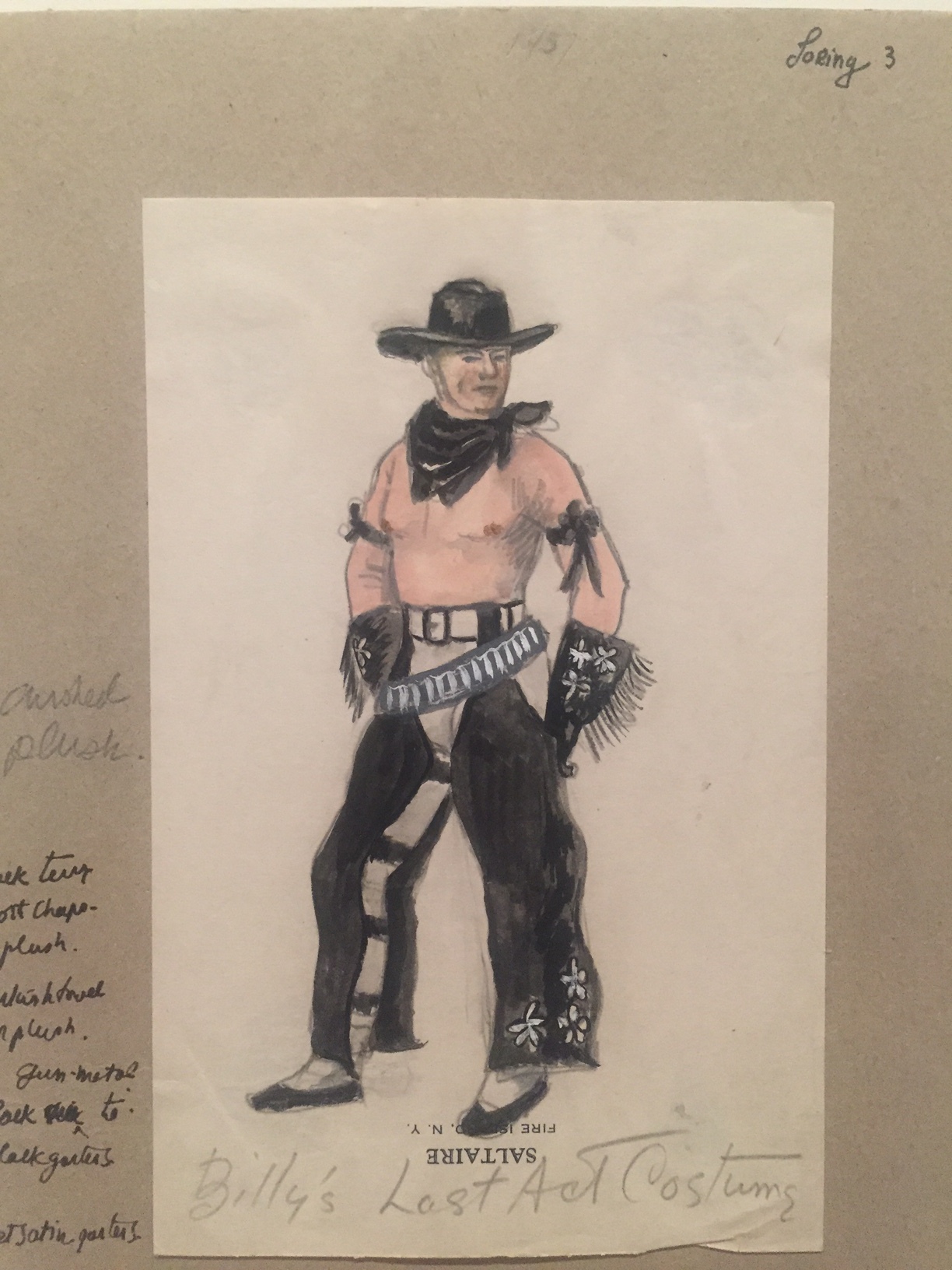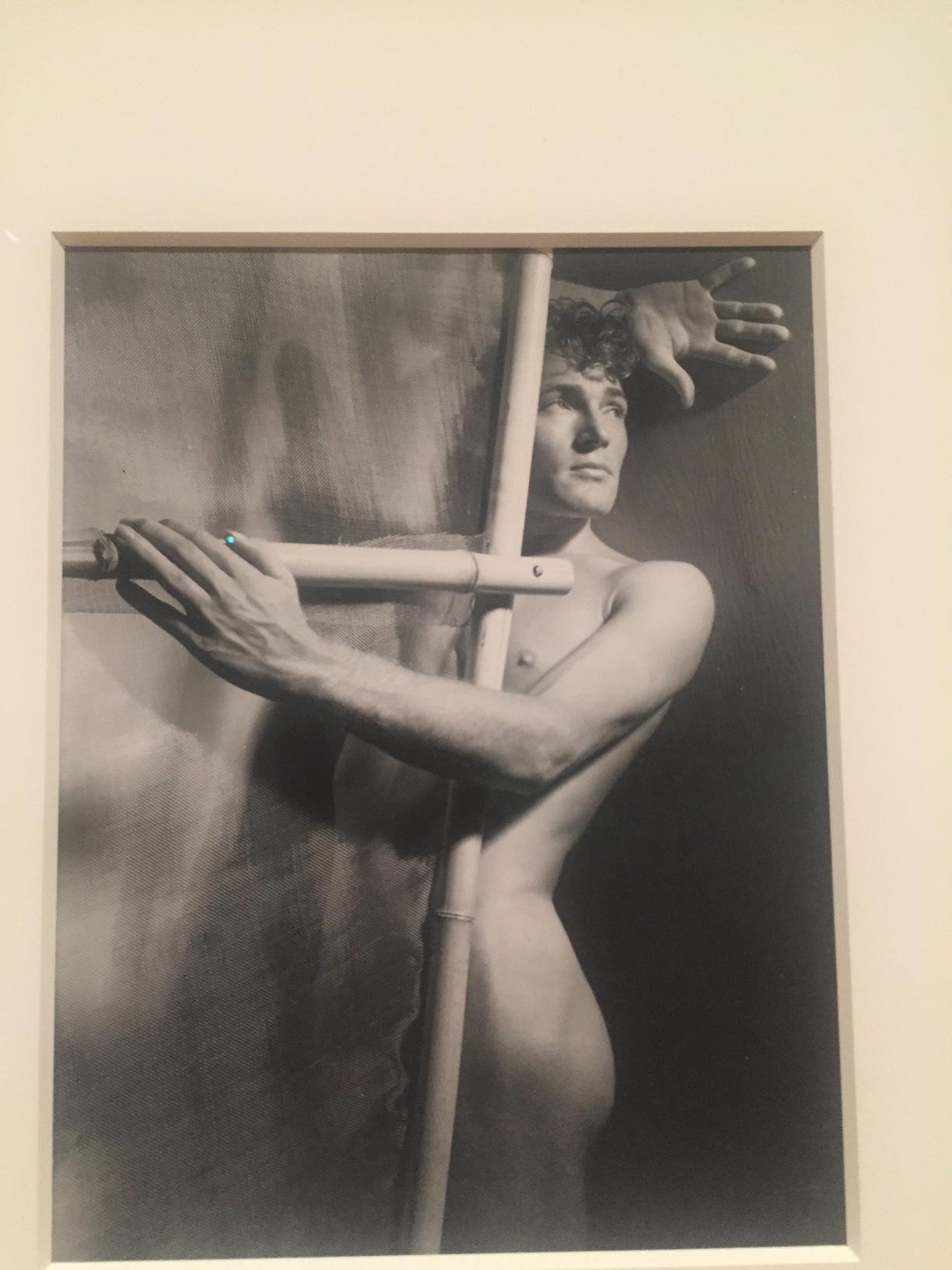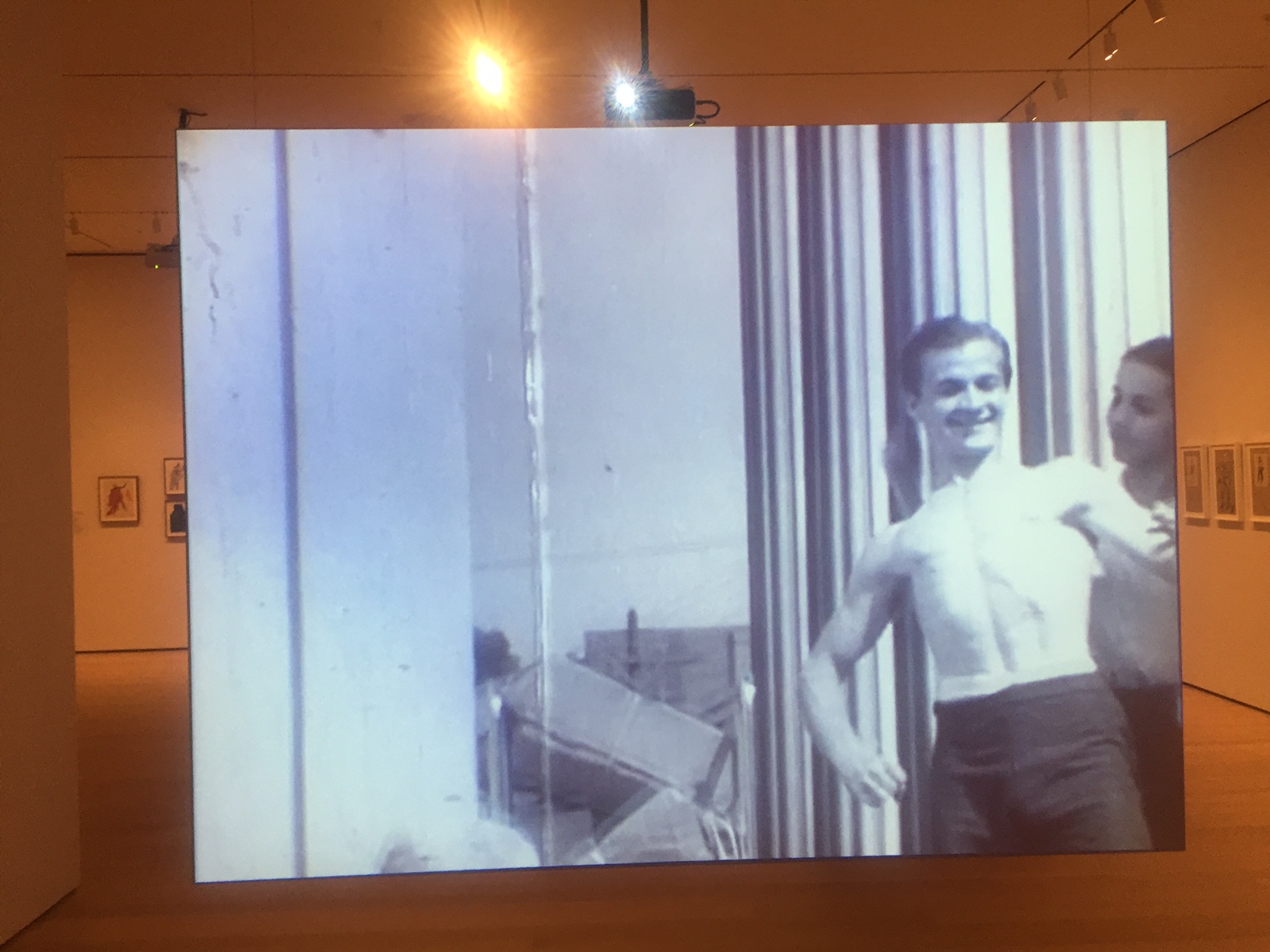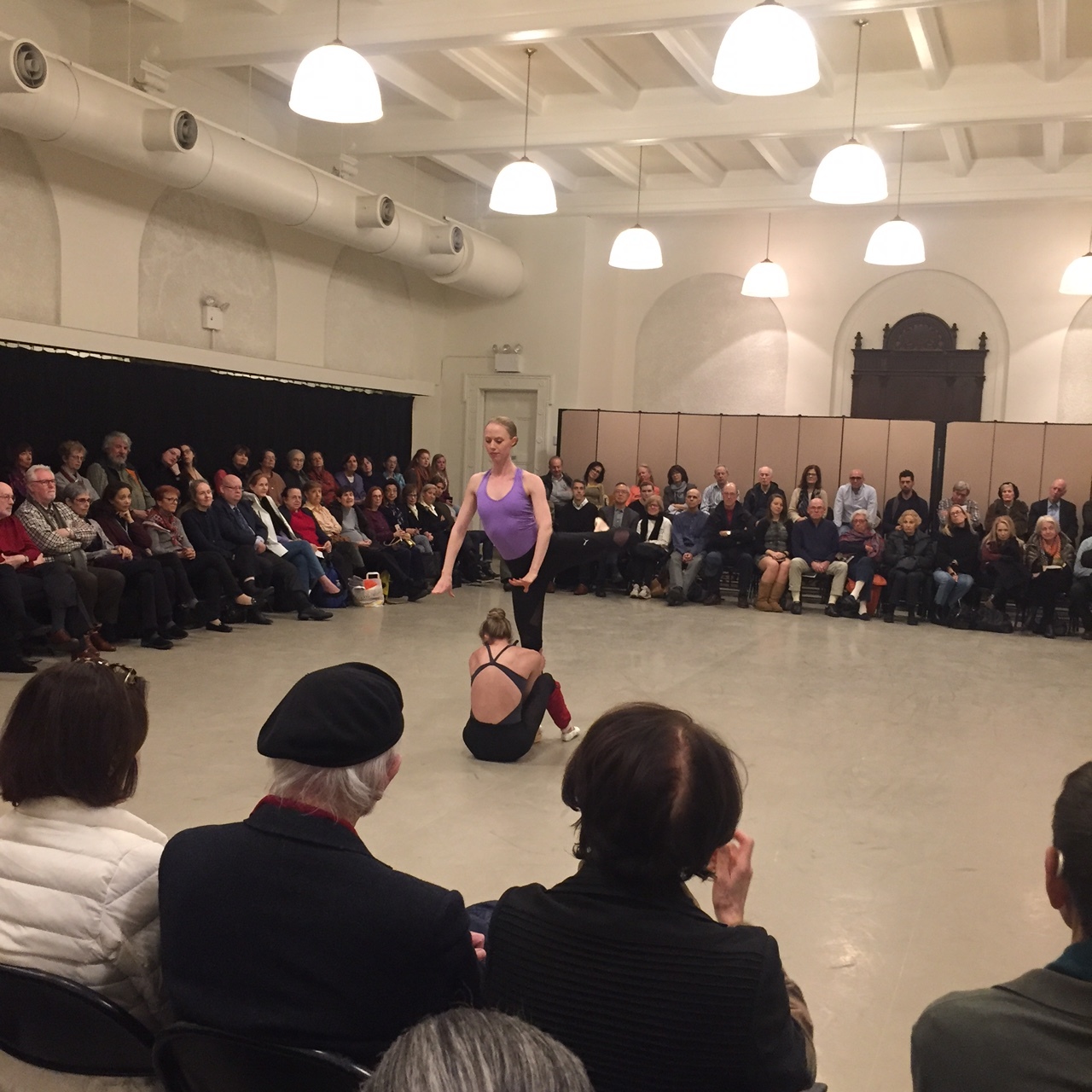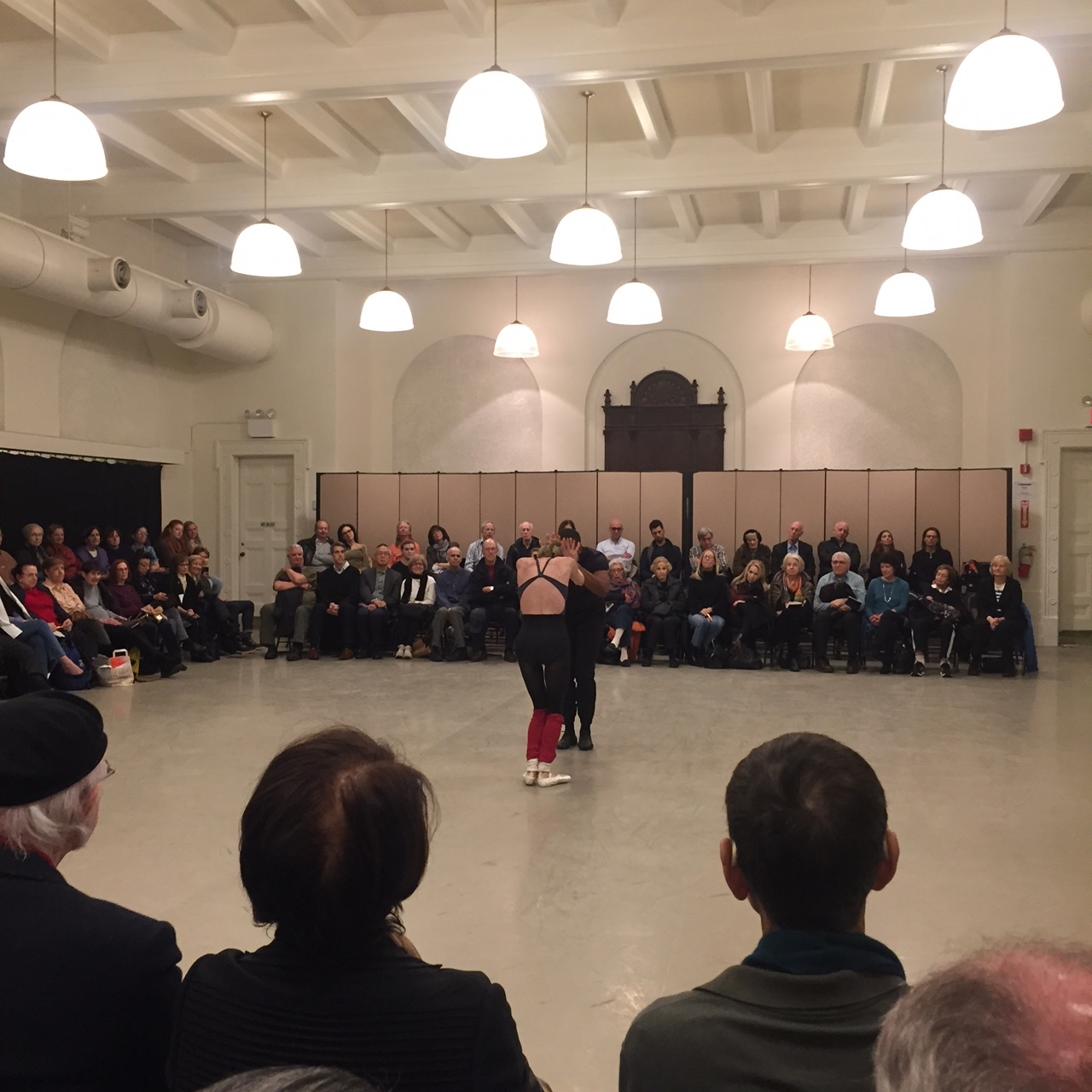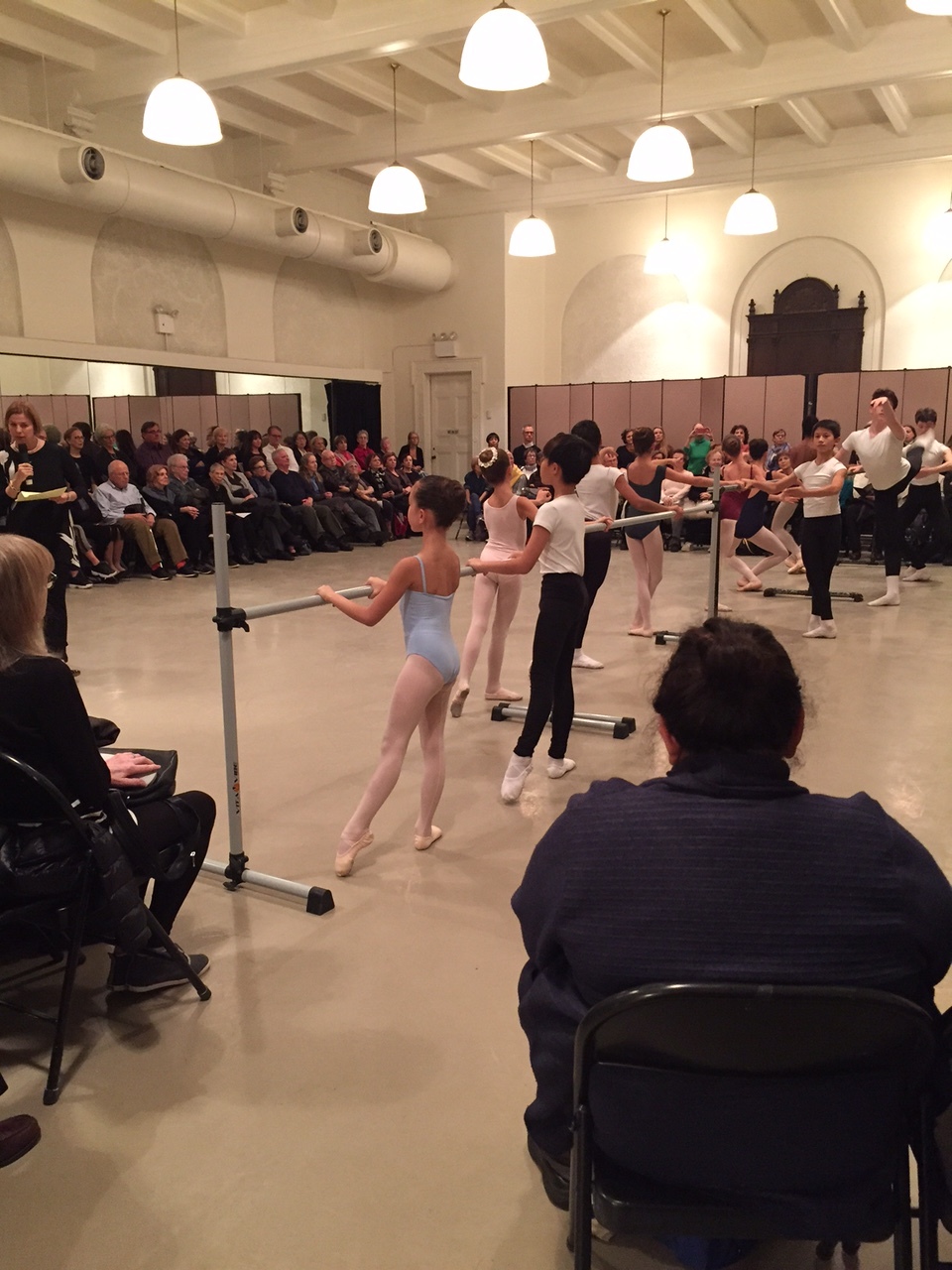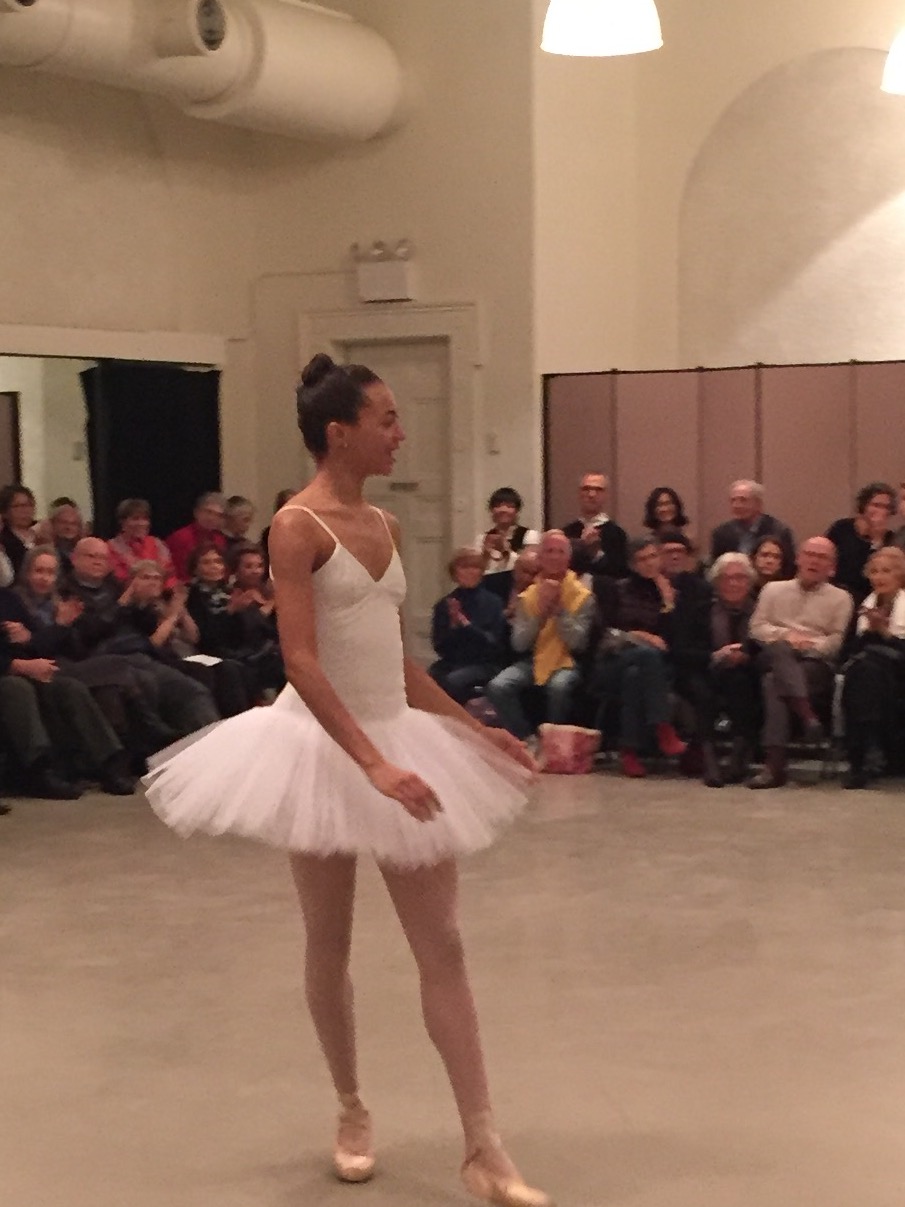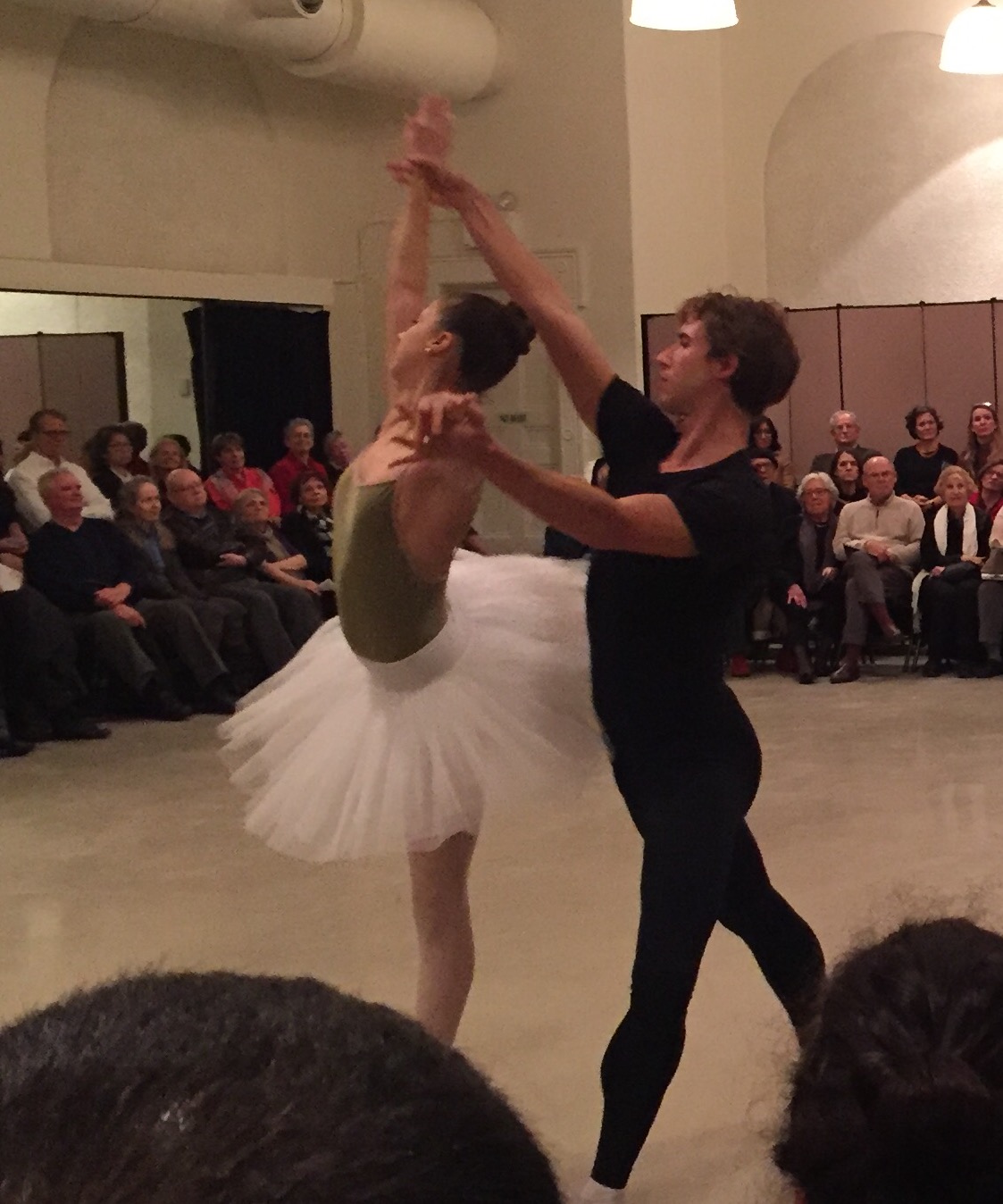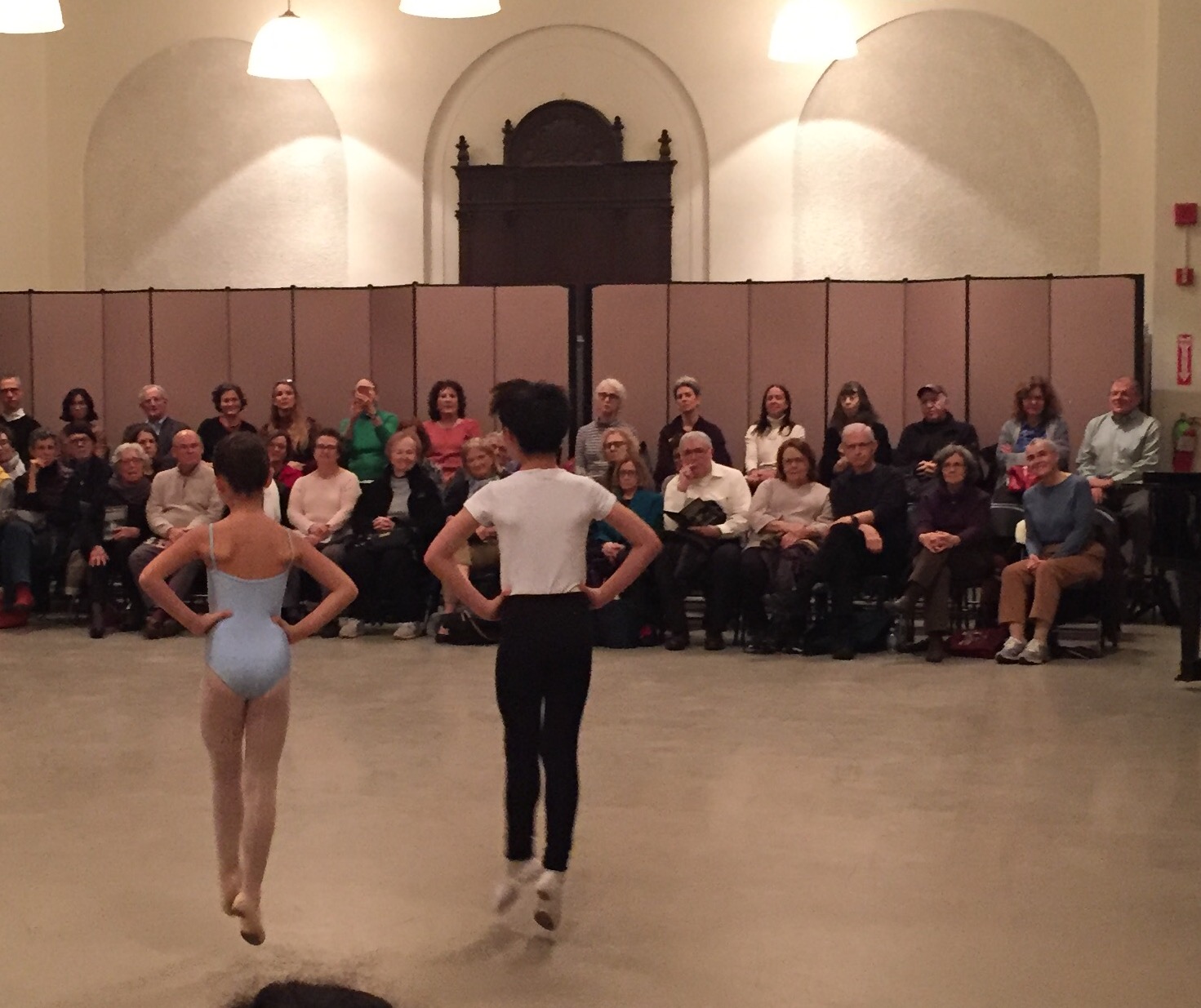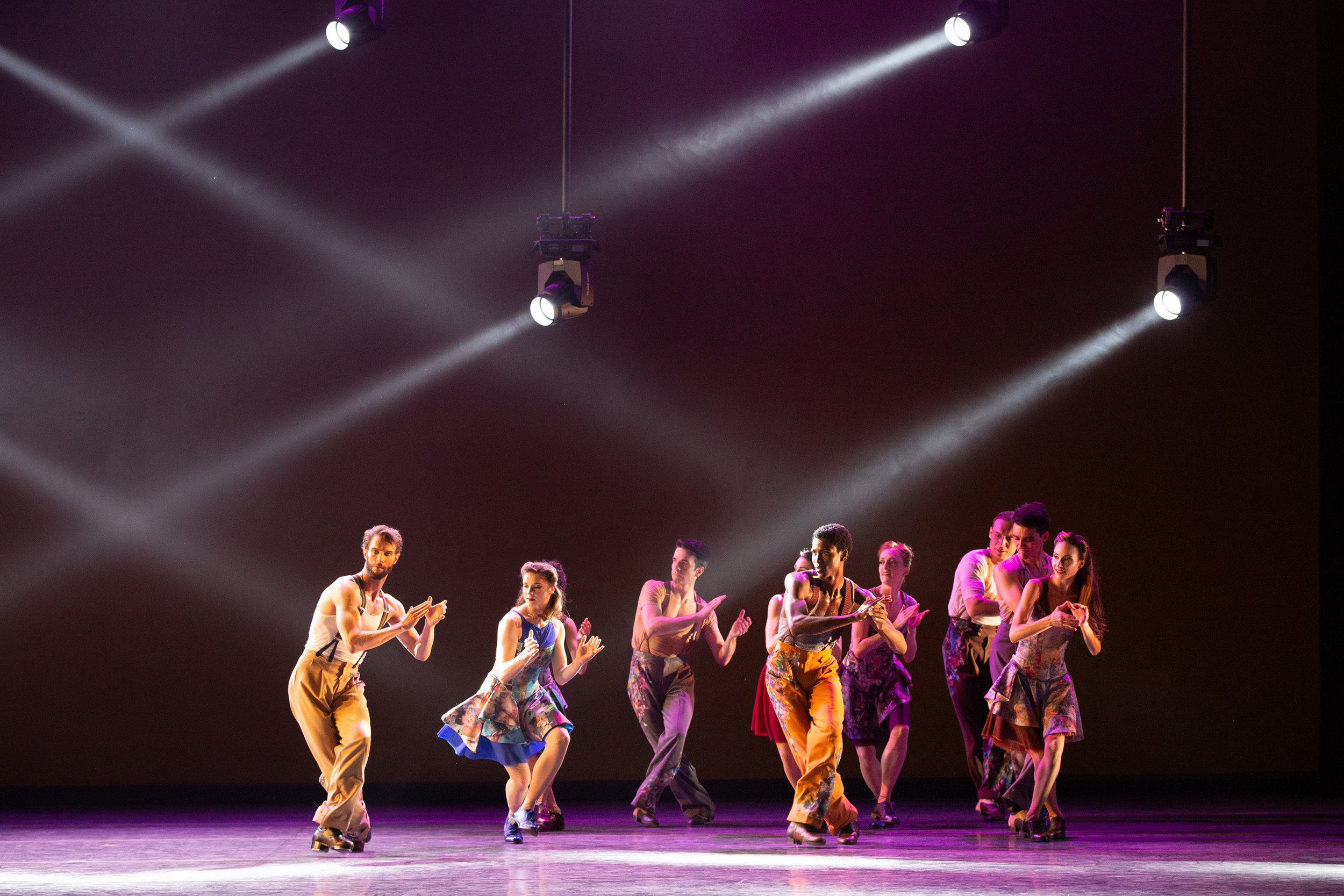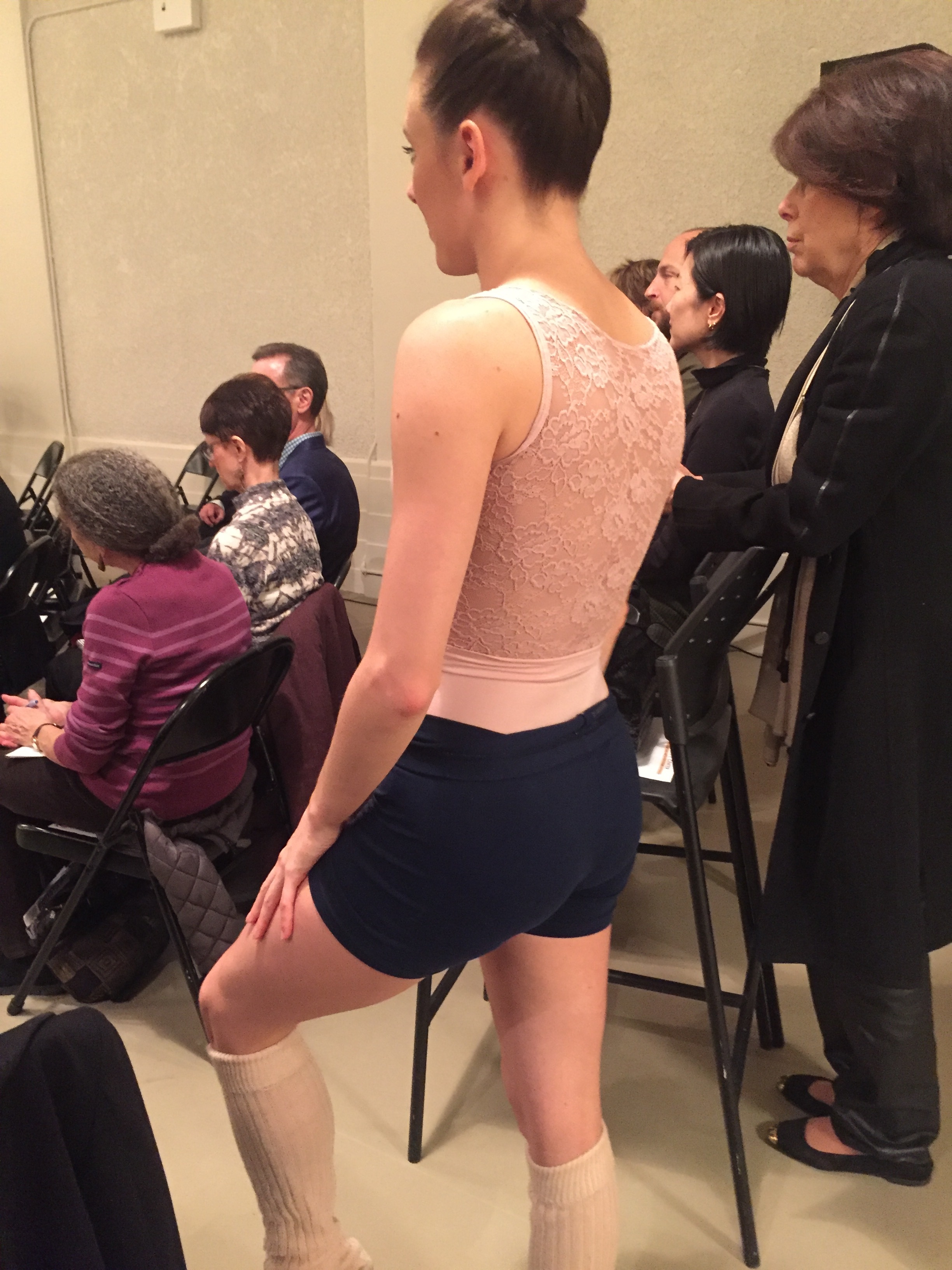Jacques D'Amboise was two totems to me.
First: as a very tiny student at SAB, he was the dashing, handsome ballet star I got to see up close as he came in for class. And with my most favorite ballerina, Allegra Kent, he was the sexy, alluring male who danced Afternoon of a Faun which made me think that ballet was not just a profession but a calling.
Second: at WNET as a producer, my office was next to Emile Ardolino's. At that time Emile and I had big dreams about Hollywood. Emile took the first step: he produced and directed He Makes Me Feel Like Dancin", about Jacques’s National Dance Institute, which won Emile his first Oscar. (He went on to direct Dirty Dancing among many others) The film is still the joyous, upbeat ode to Jacques’s enormous energy, spirit, guidance, leadership, outreach and just plain exuberance. ( look closely and you’ll see a fab Janet Eilber now head of the @marthagrahamdance as the leading lady) I got to meet Jacques then, and a few other times, he just oozed humanity. You can catch the 23 minute version on You Tube. Please do and light up your day.
The ballet world and the whole world will be the poorer for his loss. He didn't only make you feel like dancin', he made you feel, period.
NYC Ballet Digital Fall Season
I think you can still catch the NYC ballet Digital Fall Season with its five premieres today. Produced under the constraints of losing their entire year, it showcases choreographers who have plans to work with the company on longer works. But most important: it shows these ballet dancers can do just about anything.
Here they are using the Lincoln Centercampus, which beats the festival they once had about Architecture of Dance (see my piece for Huffpost) There's nothing like seeing Lincoln Center, like a Giorgio de Chirico painting, empty, surrounded by orange and white bollards, as a backdrop for contemporary movement.
I especially liked Sidra Bell’s piece for taking advantage of that energy bouncing off the buildings, Andrea Miller’s romantic piece to the music of Victor Jara, where the four dancers danced in water, and Justin Peck's which broke out of the campus and found other NY City spots that make our hearts zing. Sara Mearns in an after dark Chinatown was especially haunting.
Troy Schumacher's The Auditions at Peak Performances
Troy Schumacher’'s vibrant, provocative new ballet The Auditions to a new score by Augusta Thomas had its world premiere this week at the Kasser Theater at Montclair State--the not-so-secret home for some of the most dynamic cultural programming and well worth the short trip to New Jersey. Schumacher has had something of a breakthrough with this piece. It was programmed to be responsive to the Graham 75th anniversary production of Appalachian Spring but fully stands on its own and deserves to be widely seen. Dancers--and the glorious Graham dancers show they can shine in anything-- in street clothes inhabit the stress of the modern world while as a sherbet-style palate cleanser, fairies in turquoise netting slowly aggregate and look towards an uncertain future. The choreography is alternately smart and showy and dreamy and summons many discursive and engaging thoughts.
Ratmansky Trio at ABT shows off his Russian roots
In between their sumptuous productions of Whipped Cream and Swan Lake, ABT programmed a trio of of Alexei Ratmansky works that felt oddly like a night at their next door neighbors at NYCB.
Ratmansky is probably the most complete choreographer working today. What do I mean by that? As heir to the full panapoly of Russian traditions, and as keeper and burnisher of that flame, many of his ballets—even the more contemporary ones-- still have a Russian feeling and elements that remind of Nijinsky’s Faun or Russian folk traditions. Yet he has learned from Robbins and Balanchine as much as anyone.
Songs of Bukovina from 2017 appears at first to draw on Jerome Robbins’ Dances at a Gathering more than anything else. But then you notice the flat-footed chorus with its flexed feet or the folkloric jumps and poses and the hybrid nature of his work comes to the fore. Isabella Boylston, a Sun Valley, Idaho native manages to imbue the piece with a Russian-inflected insouciance that is lovely and carefree.
On the Dnieper falls more directly in the tradition of ABT story ballet, it received its world premiere in 1932 at the Paris Opera ballet and is 100% in the Russia camp. A story of a tragic Ukrainian love triangle, the period costumes and full-on acting by the cast has an almost kitsch quality that as someone who was emphatically reared on Balanchine finds studied. Still Christine Shevchenko—who is Ukranian-- is such a divine dancer that all else falls away when she takes the stage especially after she becomes the tortured bride.
The Seasons, Ratmansky’s newest work for the company which premiered this week is another of his deep dives into Petipa and as such feels entirely period with added hallmarks of early Balanchine who also drew from this well. It is a joyously danced work which Ratmansky created as a thank you to ABT. (see above video) With moments of choreographic fun and frolic, its four part structure lends itself to lots of chorus, holding poses, and gaiety. I saw the second cast led by Summer’s Stella Abrera (Isabella Boylston danced the first night) Herman Cornejo was alas injured and so Blaine Hoven who had danced in Bukovina was pressed into service and Calvin Royal took Hoven’s spot in the Autumn section.
The house was not full and I imagine that ABT stalwarts find an evening like this one which does not deliver the full on Sleeping Beauty experience a little more challenging. I remember Ratmansky telling me a couple of years ago at the Rolex Arts and Culture weekend, that he’d had no real mentors in Russia, that, “everything my teacher taught me was nonsense.” Yet, as these three ballets show, he is heir to some of their tradition nonetheless.
Scene from The Seasons. Photo: Rosalie O’Connor.
Lincoln Kirstein’s Modern
The Museum of Modern Art has exhumed its diverse archive of Lincoln Kirstein-iana in a new exhibition, Lincoln Kirstein’s Modern. We see his love for ballet, for art, for theater, for film, for photography, and for left-liberal causes.
I was in a class of 8 year olds at the school of American Ballet and it was Kirstein’s words in the brochure which had convinced my mother that a ballet career could, in the proper hands—e.g. Balanchine and his Russian Mesdames—be the equal of law or medicine.
He wrote he had his first coup de foudre for dance in the person of Tilly Losch who performed in Errante in a green satin evening dress with a twelve-foot train. A well-to-do, only semi-closeted Bostonian who became obsessed with ballet, Kirstein finally went to Europe as a young man, gathered his nerve, and asked Balanchine to open a school in America while at his fancy London hotel, far away from his family, surrounded instead by white-robed English beauties with plumes in their hair getting ready to be presented at Court.
But MoMA is eager to show the man in full. Besides being an impresario, he was also a polymath, a renaissance man, a multi-disciplinary scholar, and a fierce advocate for the creations and artists he cared about. He seized upon MoMA not long after its opening as the perfect repository for his many enthusiasms. This is both the exhibition’s unifying theme and its challenge. Kirstein was not as gifted a talent spotter in every medium as he was a ballet agent. Even there, it was the collaboration with Balanchine which made his work in that discipline so important. His passions did not always allow for the best judgment, in fact then-Director Alfred Barr was sometimes at pains to rein him in. Kirstein pushed MoMA in directions they may not at first glance have anticipated including a Dance and Theater department, not long-lived—which now, however, seems prescient as performance has entered the curatorial mandate at MoMA and at many museums..
He made many subsequent donations including a large collection of George Platt Lynes beefcake. As the very interesting catalog and the many costumes and designs showing off buff male torsos makes plain,homosexual connections were the genesis of some of Kirstein’s most important collaborations. (As a young summer intern in the Publications Department at MoMA, I did not know for example that former department head Monroe Wheeler had once lived in a threesome with Lynes and writer Glenway Wescott. Kirstein himself had lived in a threesome with his wife Fidelma and dancer Jose Martinez. Etc.)
The discursive and lively exhibition, curated by Jodi Hauptman and Samantha Friedman, can feel a bit kitchen-sinky by the last gallery. But it accurately reflects a febrile mind from which sprang much curiosity ,encouragement and leadership—backed up by dollars. Would that the patrons of today had the foresight and stick-to-itive-ness of this brilliant man.
The exhibition runs from March 17 - June 15 at the Museum of Modern Art. MoMA is also collaborating with the NY City Ballet for performances in their atrium. A companion exhibition on Jerome Robbins is at the Cullman Performing Arts Library at Lincoln Center.
City Center honors Jerome Robbins at Studio 5 series
I am just this year discovering the City Center rewarding series Studio 5, intimate evenings that let you get up close to superior dancing and understand something of what dancers go through to prepare for a role.
In the last weeks they have focussed on Balanchine. Now, for two evenings, they are moving the dial to my favorite choreographer, Jerome Robbins. I’ve written extensively about his Goldberg Variations, to me one of the most moving and intricate ballets ever made.
Adrian Danchig-Waring, an NYCB principal, in what may have been his first outing as a speaker, needed an editor as he had over prepared his notes—distilled from the biographies and his own experiences— but what he had to say was meaningful. Robbins was a tortured soul: about his Judaism, his homosexuality, his politics, even his talent.
Robbins was not Balanchine, though a disciple. They both had Broadway in their bones, but Robbins made more of a serious career of it (Fiddler, West Side Story, etc). When he came to NYCB he wanted to learn from the master. But his powers of observation and gift for spontaneous though rigorous movement moved him up to be Balanchine’s equal (not everyone agrees with me on this).
Craig Hall, Kennard Henson, Sterling Hyltin, Lauren Lovette and Teresa Reichlen performed two early Robbins masterworks: The Cage and Afternoon of a Faun. I do not like The Cage with its buggy, static movements and deeply Freudian themes though I recognize its being ahead of its time.
But having grown up seeing Allegra Kent and Jacques D’Amboise dance Faun at City Center I was thrust back into the memories of my first understandings about sex and dance and how they can be all mixed up together. This ballet set to Debussy is still one of the most erotic confections and also gives a glimpse of life in a ballet studio and its insistence on the mirror.
But first a school: SAB students display the Balanchine ethos at City Center
The second of two parts of a City Center Tribute to George Balanchine’s years of creativity at City Center unfolded with all the charm of a performance of the Nutcracker. The evening was structured a bit like a seder, where the youngest has to to ask the important four questions: Why is a Balanchine dancer different from all others?
Arlene Schuler, head of City Center and herself an SAB veteran invited three other veteran NYCB ballerinas and ballet mistresses along with selected students to answer these questions in a show and tell about “the West Point of the ballet world”. These teachers learned from Mr. B himself and could recite him chapter and verse. They have drunk the kool aid. Or rather, the champagne, as metaphors military and bubbly were as resplendent as the dancers.’’
Katrina Killian, head of the early years, Kay Mazzo head of the teen years and Suki Schorer who in the last stages of prep is the arrow which flings these rapid delivery systems of the B method onto the stage showed us the differences in the Balanchine style: rapid, powerful, staccato, attenuated, precise, and inferred all other ballet regimens are more or less second rate. Certainly I can hardly bear to watch the old-school Russians now when the Bolshoi comes to visit.
The important thing as Mazzo said, and where SAB has been largely successful, is engendering “the full circle of training, performing and giving back”.
Here are some of the Balanchine axioms they quoted:
Maintain a pose as if you are holding eggs and don’t want to break them
Keep your body long and stretched
Keep your weight on your toes.
Though musicality is a first priority, it’s the teacher who sets the tempo in class, not the pianist who is to be ‘quieter”
Always face front, spot front during turns, not profile, as if you are offering one cheek for a kiss
Execute certain steps as if they are being “shot from a canon”, or like a “boxer in the ring” or pushed out “like a champagne cork”
Extend your leg “as if you are taking it out of your décolleté of your evening gown” (my favorite)
Move like a bullfighter, this way and then that way
So: a combination of aggression and rigor (West Point, canons, boxers, bullfighters) and delicacies (eggs, cheeks, champagne,) are what makes an SAB student eligible to become a New York City Ballet dancer.
Balanchine took his training from Russia and gradually added jazzy or sexy riffs to his own style. But the students are taught more or less as he was taught in Russia in a method that allows them freedom only as they reach maturity.
The thing is: I believe in this system. I began in this system. I was in the second class of 8 year olds. I didn’t last long as my mother refused to devote her life to my commute but I was there long enough to understand that it was through pain, hard work and serious repetition that we would become the feathered swans I saw in the Moorish theater at City Center as Cecil Beaton’s creaky swan crossed the stage in Balanchine’s “lite” version of Swan Lake. Or really anything else we wanted to be.
I still walk tall, crook my head slightly and turnout, as a default.
Some dancers who were estranged from the company like Suzanne Farrell and Gelsey Kirkland (different reasons but both Balanchine-derived) started their own companies. Other dancers rail at the restrictiveness of the indoctrination.
Coming hard on the heels of a former female SAB student exposing the alleged harassment of two male NYCB dancers (among them Amar Ramasar, one of my favorite dancers) and their subsequent forced resignation, it was instructive to see: the ballet mistresses are still referring to the dancers as ‘girls” in the old school tradition and the men as assets to show them off. Balanchine left some traditions that have not held up in the modern era. Still, I have every hope that the ship is being righted.
Of all the dancers on display, from Children’s division 1 through Daniel Applebaum and Joseph Gorden (newly named soloist and principal two weeks ago, presumably in light of having lost the two male principal dancers) it was Olive Omelchenko in her powder blue leotard from Children’s 1 who made the most vivid impression. Her turnout and body position and her bun, were perfection, her carriage and comportment professional even at 8. Afterwards,I approached the teachers to thank them all. When I exclaimed over Omelchenko, Mazzo nodded her head in agreement. “Just wait ten years,’ she said.
Michelle Dorrance shows ABT can do it all
Can Michelle Dorrance, erstwhile tap megastar do everything else well too?
This summer on Facebook I saw Heather Watts’s posts on Dorrance at Damian Woetzel’s Vail Dance Festival. I had seen Dorrance last year at the Joyce and was suitably impressed but there was something else going on in Vail that was even more intriguing.
It turns out to be Dream within a Dream, a new ballet which just premiered at ABT. And yes, she has figured out how to transfer her tap to the ballet dancers. With a combination of canes, claps (or as we call them in flamenco, palmas) and the wooden toes of the ballet shoes, Dorrance has made the syncopation an integral part of this new piece.
The dancers are game! They have fun to the forties Duke Ellington medly. One, James Whiteside, can really tap and shows off all the lessons he must have once taken (or takes) and he’s really good. What the dancers get more than anything is the Dorrance shuffle, or crouch, or sidestep. They have picked up on her ability to perambulate like no other.
Calvin Royal had just danced Alexei Ratmansky’s Robbins-Russian inflected Songs of Bukovina with Christine Shevchenko which premiered last year at this time. Both did admirable double duty in the Dorrance.
A good time was had by all.
Photo Credits: Dream within a Dream, photographed by Marty Sohl
The Balanchine Woman on intimate display at City Center
George Balanchine is reported to have said “Ballet is Woman”. Last night at City Center in the 5th floor space that was once a studio for his nascent New York City Ballet company, we saw two women who have thoroughly imbued this ethic and yet who both have transcended it. Balanchine ballerinas are a lot smarter and more savvy than most imagine.
In the Balanchine Woman hour-long program (the first of two, there is another Monday night with Kay Mazzo on the School of American Ballet) which is an adjunct to the Balanchine: The City Center Year festival beginning next week, Heather Watts, a star in the 70s and 80’s acted as a kind of ringmaster-slash-historian for demonstrations by Tiler Peck and Jared Angle, and, spontaneously, pressed her life partner, Damian Woetzel, into service in an Apollo demonstration for good measure.
Peck is in her prime, generally flawless in execution, even though she never worked directly with Balanchine, and it was a treat to see her up close, ending her chene turns practically in the lap of an audience member. Her high, delicate voice is in contrast to her masterful technique and precision. Watts—who has not diminished her ardor and respect for Balanchine--coached her in excerpts from the Nutcracker, Apollo, Serenade and the Four Temperaments. Cameron Grant, the longtime NYCB pianist accompanied them with his usual panache.
Watts was very good in tracing the lineage of the dancers who came before Peck in these ballets—Tanaquil Le Clerq (a Balanchine wife), Karin Von Aroldingen, Sara Leland, Gelsey Kirkland, Alexandra Danilova, Maria Tallchief, Merrill Ashley et al. While not all remained faithful to Balanchine, each passed along a precious strand of ballet DNA to the next generation. Each however made a dance her own—an extra hip here, an elegant port de bras there..
“We carry our predecessors with us,” said Watts. Watts said Theme and Variations, though made by Balanchine on Alicia Alonso at ABT in 1947, is also claimed by the NYCB dancers who, after all, had the benefit of Balanchine full time for many years.
Next week the Marinsky, Paris Opera, Joffrey, Royal, San Francisco, and Miami City Ballet companies will show us their take on Balanchine, and his women as part of the festival.
As someone who began by watching these ballets in my party dresses with their wide hoop skirts in the beautiful Moorish theater, I look forward to this rare confluence.
(An added bonus: Damian—now head of Juilliard—once spent a minute teaching me the Mambo from Jerome Robbins West Side Story. Ok, not Balanchine, but still….!)


